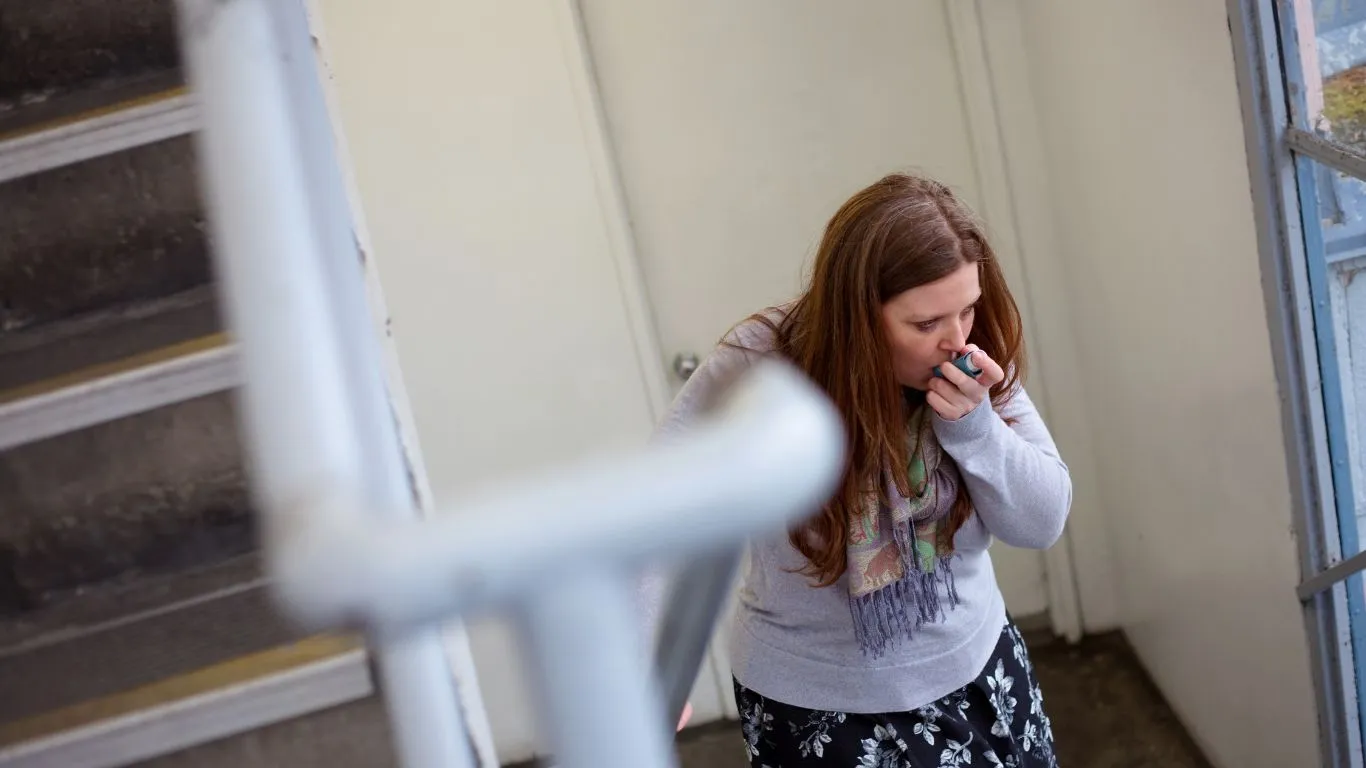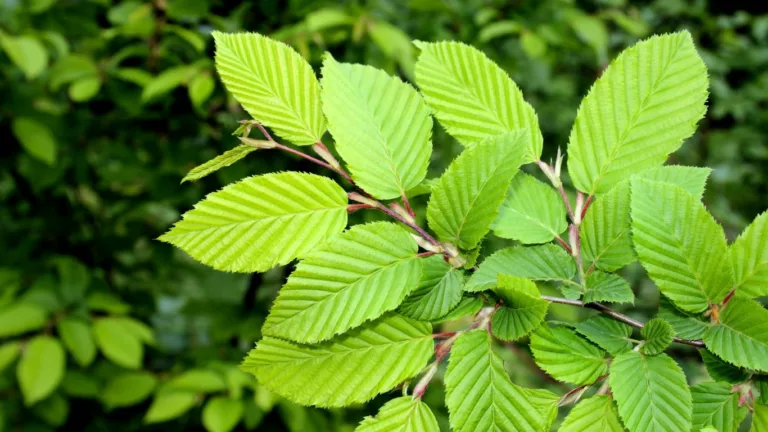10 Fun and Safe Asthma-Friendly Activities for Toddlers to Enjoy Outdoors
As a Pulmonary Nurse with years of experience helping families navigate the challenges of managing asthma, I’ve seen firsthand the impact it has on toddlers and their caregivers. The good news is that with the right precautions, children with asthma can still enjoy an active, healthy life. One of the biggest questions I hear from parents is: “What are some asthma-friendly activities for toddlers?” If you’re a parent of a toddler with asthma, you know that the fear of triggering an asthma attack can make it tough to know what activities are safe. But don’t worry—there are plenty of ways to keep your toddler engaged without compromising their health. In this article, we’ll explore the best asthma-friendly activities for toddlers and share some tips that have worked for me in my nursing practice, so you can feel confident about making the right choices for your little one.
Understanding Asthma and Toddlers

Before we dive into the best activities, it’s important to understand asthma and how it affects toddlers. Asthma is a chronic condition that causes the airways to narrow, making it difficult for air to pass through. This can lead to wheezing, coughing, and shortness of breath, especially during physical activities or when exposed to asthma triggers like allergens or strong scents. For toddlers, whose lungs and immune systems are still developing, managing asthma is a delicate balancing act. This is why finding asthma-friendly activities is so crucial—activities that are gentle on their respiratory system but still promote physical and mental development.
Why Choose Asthma-Friendly Activities?
As parents and caregivers, it’s natural to want your child to have fun and explore the world around them. However, outdoor play and certain activities can sometimes trigger asthma symptoms. That’s why it’s essential to choose asthma-friendly activities that allow your toddler to move, learn, and grow without putting them at risk. Asthma-friendly activities help children stay active, boost their immunity, and improve overall physical health, all while keeping asthma symptoms in check.
Indoor Activities for Toddlers with Asthma

When the weather doesn’t cooperate or you need to keep your toddler indoors, there are still many ways to keep them engaged and active without triggering asthma symptoms. Here are some indoor activities that work well for toddlers with asthma:
- Building Blocks and Puzzles: Activities that involve fine motor skills, like stacking blocks or solving simple puzzles, are fantastic for toddlers. These activities don’t require too much physical exertion and can be done indoors with minimal risk of asthma triggers.
- Arts and Crafts: Let your toddler get creative with washable markers, crayons, or finger paints. The key is to choose non-toxic, hypoallergenic materials that are safe for children with asthma.
- Interactive Storytime: Reading stories together can be both calming and educational. It’s a great way to engage your toddler’s imagination while keeping asthma symptoms at bay.
- Dance and Movement Games: Light dancing or stretching can be fun and healthy for toddlers, but it’s important to keep it low-impact. Consider playing calming music and doing simple movements like swaying or gentle stretching.
It’s important to remember that indoor air quality plays a huge role in your toddler’s asthma management. Be sure to keep the air clean by using a high-quality air purifier, avoiding harsh cleaning chemicals, and ensuring that your toddler’s play area is free from dust and allergens.
Outdoor Activities for Toddlers with Asthma

Outdoor activities offer great opportunities for your toddler to explore nature, socialize with peers, and develop physical skills. However, it’s crucial to pick activities that won’t exacerbate asthma symptoms. Here are some outdoor asthma-friendly activities to consider:
- Nature Walks: A stroll through a nearby park or nature reserve can be a great way to introduce your toddler to the outdoors. Just be mindful of pollen levels and other seasonal triggers. If it’s a high-pollen day, try to avoid wooded areas and stick to less allergenic zones.
- Sandbox Play: Playing in the sand can be a soothing activity for toddlers, as long as you ensure the sand is clean and dust-free. Avoid dusty areas, as inhaling sand particles can irritate the airways.
- Bubble Blowing: Blowing bubbles is a fun and gentle activity that toddlers love. Not only is it easy on their lungs, but it also encourages eye-hand coordination and fine motor skills.
- Ride-on Toys: Riding a tricycle or a toy car is a great way to let your toddler enjoy the outdoors without intense physical exertion. It’s a fun activity that gives them the sense of freedom while keeping them at a manageable pace.
When planning outdoor activities for toddlers with asthma, always check the weather conditions first. Avoid hot, humid, or windy days, as these can trigger asthma symptoms. And, as always, carry your toddler’s rescue inhaler or other medications in case of an emergency.
Choosing the Right Equipment for Asthma-Friendly Activities
It’s also important to consider the gear and equipment your toddler uses during activities. Whether you’re at home, at the park, or on the go, the right equipment can make a huge difference in keeping asthma symptoms under control. For example, if you’re going on a nature walk, a stroller with a canopy can provide shade and protection from allergens. For indoor activities, non-slip mats or soft play mats can create a safe, asthma-friendly environment for your toddler.
Additional Asthma-Friendly Activities for Toddlers

So far, we’ve talked about indoor and outdoor activities, but there are even more ways to keep your toddler active and engaged while considering their asthma. The goal is to help them develop physical, social, and emotional skills without compromising their health. Here are some more creative and asthma-friendly activities that can be incorporated into your toddler’s daily routine:
Gentle Yoga and Stretching
One activity that might surprise you as an asthma-friendly option is yoga. Yes, yoga for toddlers! Now, I’m not talking about complicated poses—rather, simple stretches and breathing exercises can work wonders. Many parents and caregivers don’t realize how effective yoga can be in helping kids with asthma. By practicing deep breathing techniques, you can help your toddler learn to control their breath and reduce stress. As someone who has worked with numerous parents and children with asthma, I’ve seen how calming and beneficial yoga can be for little ones. It’s not about perfection; it’s about focusing on relaxation and learning to move the body in a gentle way.
You don’t need any special equipment either—just a soft mat, comfortable clothes, and maybe some fun music to set the mood. Simple stretches like “reach for the sky” or “touch the floor” are easy for toddlers to follow and can be a fun bonding experience. Plus, the relaxation techniques can help reduce anxiety around asthma flare-ups, making it easier for both parents and toddlers to manage asthma triggers when they occur.
Water Play and Swimming

If you’re lucky enough to have access to a pool, swimming can be an excellent asthma-friendly activity for toddlers. In fact, many pediatricians recommend swimming as one of the best exercises for children with asthma. Why? Because it’s a low-impact activity that strengthens the lungs and helps improve overall cardiovascular health. The humid environment of a pool also helps keep the airways moist, which can be beneficial for asthma sufferers.
In my experience, toddlers absolutely love playing in the water. Whether it’s splashing around in a kiddie pool, playing with floating toys, or gently swimming with assistance, it’s a fun way for them to burn energy without risking an asthma attack. However, it’s important to keep a few things in mind: avoid heavily chlorinated pools as the chemicals can irritate the lungs, and make sure your toddler is supervised at all times to prevent accidents. As with all physical activities, always have your child’s medication nearby, just in case.
Creative Play with Toys
Another great asthma-friendly activity involves creative play with toys, such as ride-on toys, tricycles, or even simple toy sets that encourage imaginative play. The key here is to choose toys that don’t involve too much heavy exertion but still promote movement and coordination. I’ve seen many toddlers with asthma happily playing with toy trucks, dolls, or even just pretend kitchens and playhouses that spark their imaginations without putting too much strain on their lungs.
For example, ride-on toys like small scooters or balance bikes allow toddlers to practice coordination and balance without needing to run or exert themselves too much. These toys are great for helping your child develop motor skills and muscle strength in a more controlled and safe environment. Just like with any other activity, it’s important to keep an eye on how your child is feeling and to monitor their asthma symptoms throughout playtime.
Indoor Sensory Activities for Toddlers
Not all activities need to be physical to be fun and engaging for toddlers. Sensory activities that stimulate the senses—sight, sound, touch, and even taste—are not only great for development but are also asthma-friendly! These types of activities engage your toddler’s mind and keep them occupied without making them overly active. Here are a few sensory-rich activities that I’ve found work well for toddlers with asthma:
Playdough and Sensory Bins
Playdough is an easy, low-mess activity that toddlers love. Whether they’re squishing, rolling, or shaping it into various designs, playdough encourages creativity and fine motor skills development. You can also set up a sensory bin with items like rice, beans, or fabric squares for a tactile experience. These activities engage your child in a calm, controlled way without triggering asthma symptoms. Just be sure that the materials you use are safe and non-toxic, as young children tend to put things in their mouths.
Music and Sound Activities
Did you know that toddlers with asthma often respond well to soothing music? Light music can have a calming effect, which may reduce the chances of an asthma flare-up. Consider using instruments like maracas, tambourines, or xylophones that allow your toddler to make sounds and express themselves through music. This type of activity helps with rhythm development and cognitive growth, all while being gentle on their lungs. Plus, it’s a great bonding experience that doesn’t require a lot of physical effort.
Bubble Play

Bubble play is always a hit with toddlers, and it’s a fantastic asthma-friendly activity. Blowing bubbles encourages deep breaths (without overexertion), and toddlers love chasing them around. You can do this indoors or outside—just be mindful of the environment. On hot or humid days, it might be best to stick to indoor play or find a shaded area to avoid any heat-related asthma triggers. Also, make sure the bubble solution you use is non-toxic and safe for toddlers, as they tend to explore with their mouths.
Monitoring Your Toddler’s Asthma While They Play
While these activities are great for encouraging development and keeping your toddler active, it’s essential to keep an eye on their asthma symptoms. I always recommend that parents and caregivers have a game plan in place for asthma management during playtime. This means knowing the signs of an asthma attack, carrying any necessary medications (like a rescue inhaler), and understanding when it’s time to stop an activity and take a break. It’s also helpful to have a list of known asthma triggers, so you can avoid certain environments that might aggravate your child’s condition.
Final Tips for Managing Asthma-Friendly Activities

As we wrap up this article, I want to share a few final tips for making sure your toddler enjoys their asthma-friendly activities without feeling limited. It’s always important to approach each day with a proactive mindset. In my experience as a Pulmonary Nurse, I’ve found that when parents are educated, prepared, and stay calm, they can help their toddlers thrive despite asthma. With the right care and attention, your child can enjoy activities that promote physical, cognitive, and emotional development. Here’s how you can ensure their asthma remains well-managed during their playtime:
Know Your Toddler’s Asthma Triggers
One of the most important things you can do is get familiar with your toddler’s specific asthma triggers. Some common triggers include pollen, pet dander, dust mites, cold air, and even strong odors like perfumes or cleaning chemicals. The more you know about what can cause a flare-up, the easier it will be to create an environment that’s safe for your toddler. In my own experience, many parents are surprised to discover what their child is sensitive to—things like scented candles, certain fabrics, or even specific foods.
Tracking your toddler’s symptoms and identifying patterns can be incredibly helpful in avoiding these triggers. Keep a diary of when asthma symptoms occur, and you’ll likely notice patterns based on environmental factors or the activities they engage in. You can share this information with your child’s doctor to adjust their treatment plan as needed. An individualized approach to asthma management will give your toddler the best chance to thrive in all their activities.
Be Prepared for Asthma Flare-ups
Even with the best precautions, asthma flare-ups can still happen. That’s why it’s important to be prepared. Always have your toddler’s medications close by—whether it’s a rescue inhaler, nebulizer, or any other prescribed treatments. Keep them in a bag that you take with you during outings, and ensure that other caregivers (like relatives, babysitters, or daycare providers) are trained on how to administer the medications in case of an emergency.
In my years of working with families, I’ve seen how peace of mind can make all the difference. The key is not to let the possibility of an asthma attack keep you from enjoying activities. Preparation is the key. With a little planning, you’ll be able to handle any situation that arises.
Engage with Your Toddler During Activities
When you’re doing asthma-friendly activities with your toddler, engage with them. Whether it’s playing with toys, doing yoga together, or simply going for a walk, be present in the moment. I’ve found that toddlers often respond better when they have an engaged caregiver by their side, guiding them through activities and cheering them on. This not only makes the experience more enjoyable, but it also fosters a strong bond between you and your toddler.
Some parents worry that if they’re too protective or cautious, it might make their child feel restricted or different from other kids. But in my experience, children are incredibly adaptable, and with your support, they can thrive while learning about their body’s needs and limits. Make it fun, and you’ll find that your toddler will embrace their asthma-friendly lifestyle just as much as any other child.
Asthma-Friendly Travel Tips for Toddlers

Traveling with a toddler who has asthma may seem daunting at first, but with a little extra planning, it doesn’t have to be stressful. Whether you’re going on a vacation or just visiting family, you can still enjoy your trip while keeping your toddler’s asthma under control. Here are a few tips I’ve picked up over the years that can help make travel easier for families managing asthma:
Pack the Right Asthma Essentials
Before you head out, make sure you pack all the essential asthma medications, including any inhalers, nebulizers, and emergency medications. Be sure to keep them in a bag that’s easily accessible and clearly labeled. If you’re flying, check the airline’s policy on traveling with medications, and make sure to bring a doctor’s note if necessary.
Additionally, pack other comfort items that may help with asthma management, such as a portable air purifier for hotel rooms, saline nasal spray, or even asthma-friendly hygiene wipes for cleaning surfaces during your travels. When my clients travel, I always encourage them to keep the environment as clean and allergen-free as possible, especially in hotels or unfamiliar settings.
Maintain a Routine
While traveling, try to keep your toddler’s routine as close to their normal schedule as possible. This includes meal times, naps, and, of course, their asthma medication regimen. Consistency can help prevent asthma flare-ups and keep your child feeling secure in an unfamiliar setting. If you’re planning outdoor activities, be mindful of the weather and environmental factors like air quality and pollen levels. You can still explore new places while keeping asthma-friendly precautions in place!
Limit Exposure to New Triggers
Traveling often exposes your toddler to new environments and potential asthma triggers, such as different types of pollen or dust. If you’re staying in a new place, try to clean surfaces or limit exposure to areas that might be dusty or filled with allergens. Always check the air quality, especially if you’re visiting areas with a lot of pollution or high pollen counts. If you’re traveling to a tropical area, be mindful of mold growth, which can be a common asthma trigger.
References
- Health.com
- National Institutes of Health
- Centers for Disease Control and Prevention (CDC)
- Asthma and Allergy Foundation of America
Disclaimer: The information provided in this article is based on my personal experience as a Pulmonary Nurse and general best practices. Always consult with your child’s healthcare provider before making changes to their treatment plan or introducing new activities. Every child’s asthma condition is unique, and what works for one may not work for another. This article is intended for informational purposes only and is not a substitute for professional medical advice.

Bianca Nala is a compassionate Nurse Practitioner with a strong background in primary and respiratory care. As a health writer for Healthusias.com, she combines her clinical expertise with a talent for clear, relatable storytelling to help readers better understand their health. Bianca focuses on topics like asthma, COPD, chronic cough, and overall lung health, aiming to simplify complex medical topics without losing accuracy. Whether she’s treating patients or writing articles, Bianca is driven by a single goal: making quality healthcare knowledge accessible to everyone.






